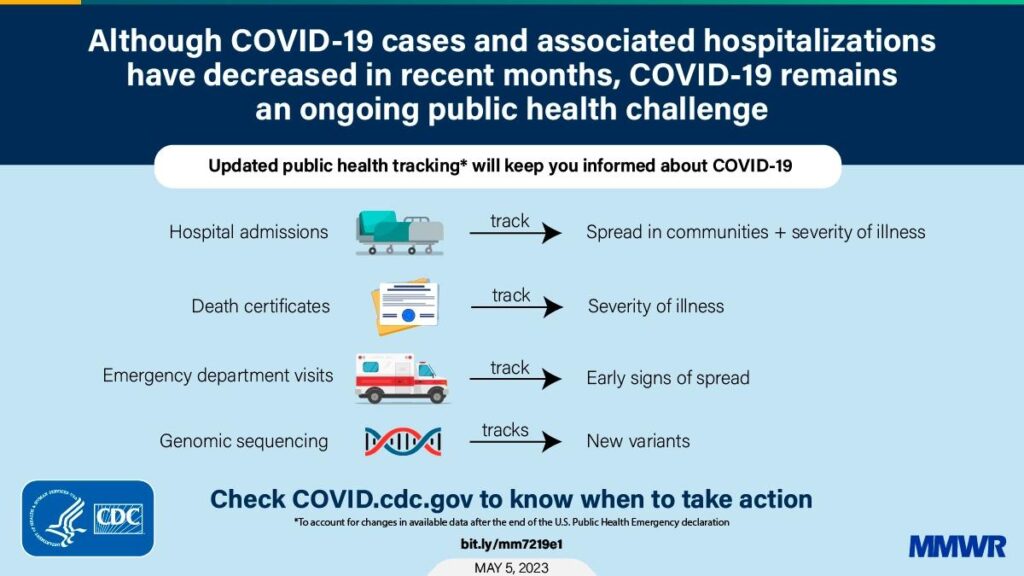In the labyrinthine world of public health communication, a startling revelation has emerged that challenges the very foundation of scientific credibility.A recently uncovered discrepancy surrounding a Centers for Disease Control and Prevention (CDC) vaccine presentation has sent ripples through the medical community, as an alleged study—central to the agency’s narrative—appears to be nothing more than a phantom, according to its purported author. This enigmatic situation raises profound questions about data integrity, transparency, and the meticulous standards expected from one of the nation’s most trusted health institutions. A controversial discovery has emerged in the realm of vaccine communication, casting doubt on the credibility of a recent Centers for Disease Control and Prevention (CDC) presentation. The revelation centers around a specific study cited in the document, which the purported author claims does not exist, raising serious questions about the research’s authenticity and the agency’s due diligence.The incident highlights a potential breakdown in scientific verification processes,where critical information may have been included without proper substantiation. Journalists and researchers who scrutinized the presentation found discrepancies that suggest the referenced study might be fabricated or considerably misrepresented.
Sources close to the inquiry reveal that the unnamed author became aware of the citation and promptly contacted the CDC to challenge the study’s legitimacy. This unexpected confrontation has prompted internal reviews and sparked discussions about data integrity within public health communications.
Vaccine-related presentations carry immense responsibility, as they directly influence public perception and health policy. The inclusion of non-existent research undermines the scientific community’s commitment to transparency and evidence-based decision-making.
Experts in epidemiology and scientific publishing have expressed concern over such potential misrepresentations. They emphasize the critical need for rigorous fact-checking and thorough source verification, especially in documents addressing public health matters.
The CDC has not yet issued a comprehensive statement addressing the allegations. Preliminary responses suggest an internal investigation is underway to examine the circumstances surrounding the disputed study citation.
This incident underscores broader challenges in scientific communication, where the pressure to present compelling narratives can sometimes compromise academic rigor. The potential fabrication or misrepresentation of research data represents a meaningful breach of scientific ethics.Transparency advocates argue that such errors, whether intentional or accidental, can erode public trust in institutional health guidance. The vaccine discourse remains particularly sensitive, with ongoing debates about efficacy, safety, and communication strategies.
Researchers and journalists continue to investigate the origins of the contested study, seeking to understand how a non-existent research paper could have been included in an official CDC presentation. The unfolding scenario serves as a stark reminder of the importance of meticulous fact-checking and maintaining the highest standards of scientific integrity.
As the story develops, stakeholders across medical, academic, and public health sectors are watching closely, awaiting a comprehensive description from the CDC regarding this unprecedented citation controversy.




